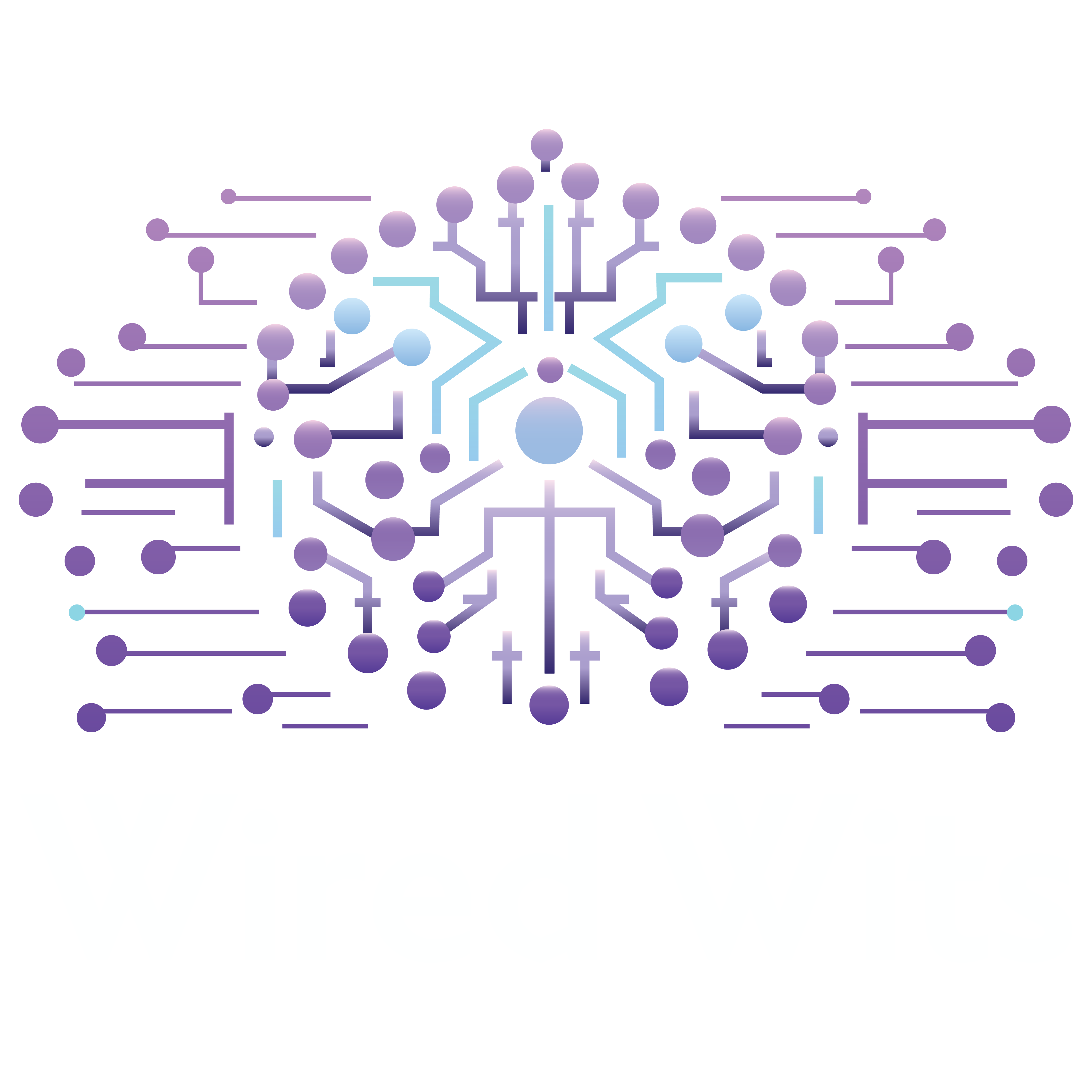Introduction
Everyone has strengths and weaknesses, and the key to personal and professional success lies in understanding how to leverage those strengths while addressing the weaknesses. But how do you go about identifying these areas? Enter ChatGPT, a conversational AI that can not only help you identify your strengths and weaknesses but also assist you in creating an actionable plan for improvement. In this comprehensive guide, we’ll walk you through the entire process and help you elevate your self-awareness.
ChatGPT Note
The version of ChatGPT you’re using has training data up to a certain date. Please confirm this date and take it into consideration when seeking recommendations. With a subscription, you can gain access to ChatGPT 4.0, which offers additional functionalities, including the ability to add plugins that can access the Internet for real-time information.
For the tasks we discuss in this post, the free version of ChatGPT will suffice. Don’t forget to take into consideration the training data limitations.
Setting Up ChatGPT for Self-Assessment
To begin, you’ll need to instruct ChatGPT on what you’re looking for. A prompt could be something like, “Conduct a self-assessment interview to identify my strengths and weaknesses. Use probing questions that encourage introspection. The questions should drive me to critically think about the areas being assessed.” Feel free to add specific questions or areas you’d like to explore. The more detailed you are, the better the assessment.
How the Assessment Works
After setting your prompt, ChatGPT will initiate a series of questions aimed at understanding your skill set, preferences, and areas for improvement. It’s crucial to answer these questions as honestly and completely as possible. Based on your responses, ChatGPT will compile an assessment that outlines your strengths and weaknesses.
Interpreting the Assessment
Once the assessment is complete, take some time to go through the results. ChatGPT will categorize your strengths and weaknesses, providing you with a comprehensive overview of where you excel and where you could use some improvement. You can use this opportunity to ask additional questions and drill into the feedback to get more insights.
Creating an Action Plan
Now that you have your assessment, it’s time to create an action plan. ChatGPT can assist in several ways:
Educational Opportunities
If you’re interested in formal education to improve in certain areas, ChatGPT can be a valuable resource. First of all, you can either ask ChatGPT to help you identify your preferred learning style, or alternatively, you can tell it directly. Once your learning style is established, ChatGPT can then search for relevant courses, workshops, or seminars. Not only that, but it will also align these with your preferred format and subsequently provide you with a list of options.”
Self-Study Resources
For those who prefer self-study, ChatGPT can recommend books, articles, or videos that focus on your areas for improvement. You can even check out our resources page for some curated recommendations.
Leveraging ChatGPT for Tasks
One of the most exciting aspects of ChatGPT is its ability to assist you in tasks that you may not be strong in. For example, if organization is a weakness, ChatGPT can help you manage your calendar, set reminders, and prioritize tasks.
Conclusion and Next Steps
Understanding your strengths and weaknesses is not just an exercise in self-awareness; it’s a crucial step in personal and professional development. With ChatGPT, you have a powerful tool at your disposal to help you on this journey. So why wait? Dive in and start your self-assessment today.
Disclaimer: This article is for informational purposes only and should not be considered as professional advice. Always consult with qualified professionals for personalized guidance.
